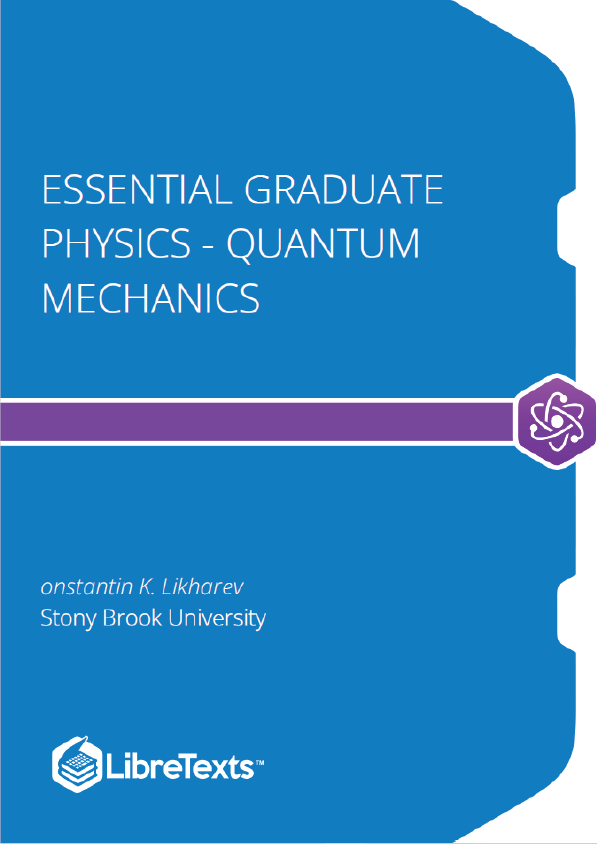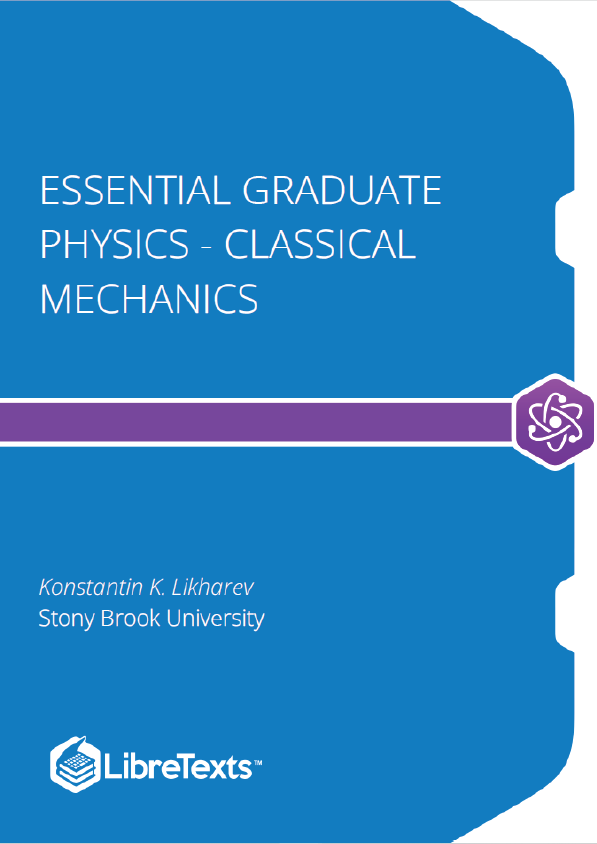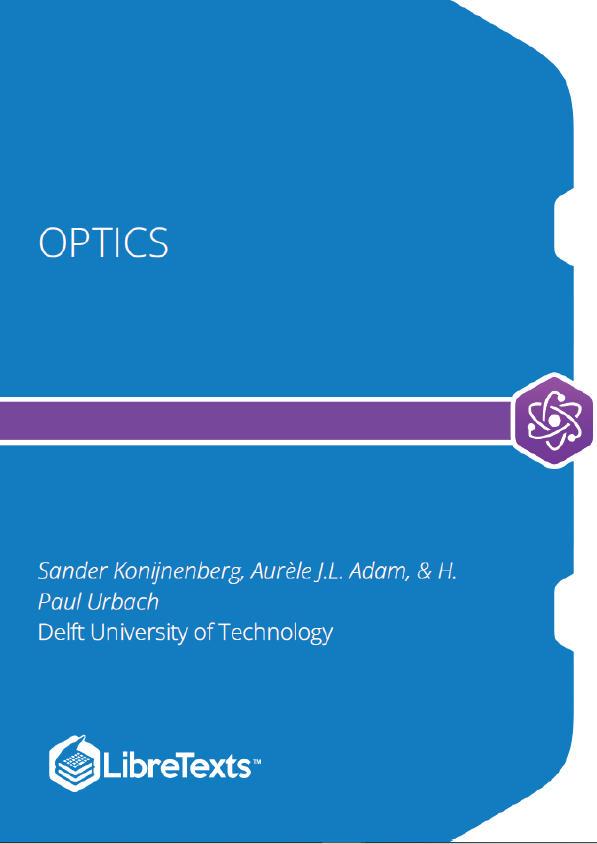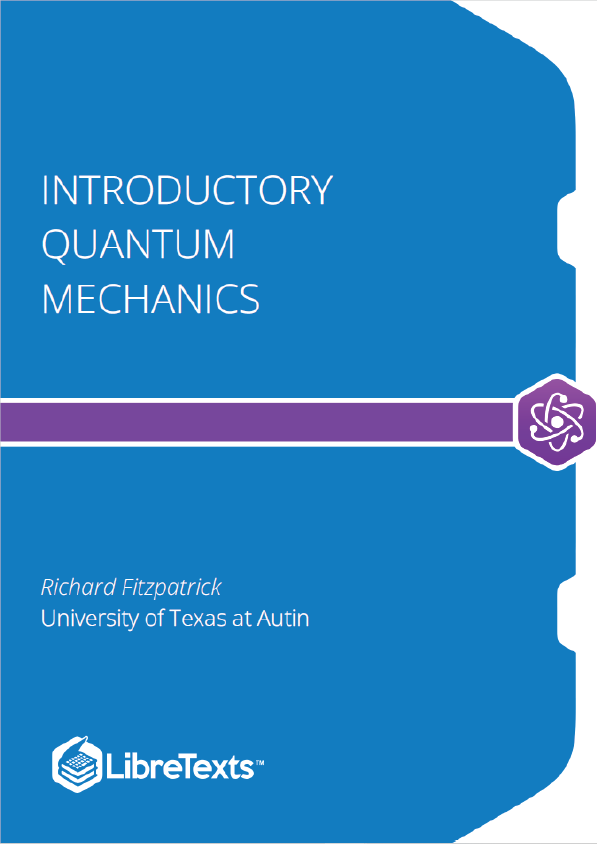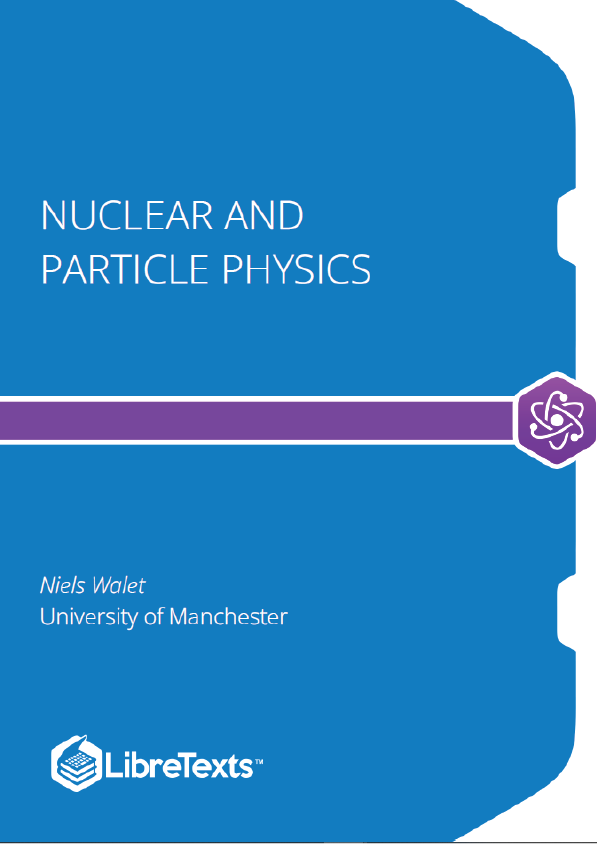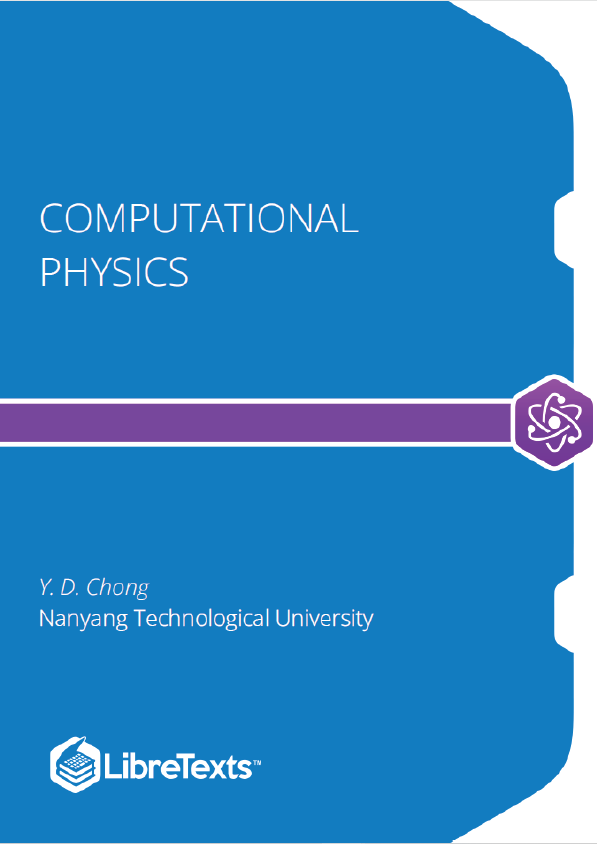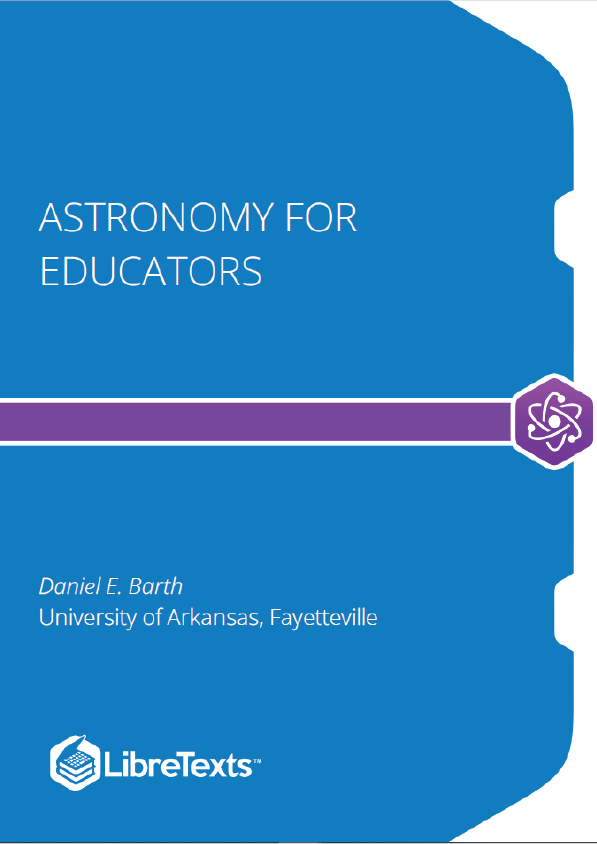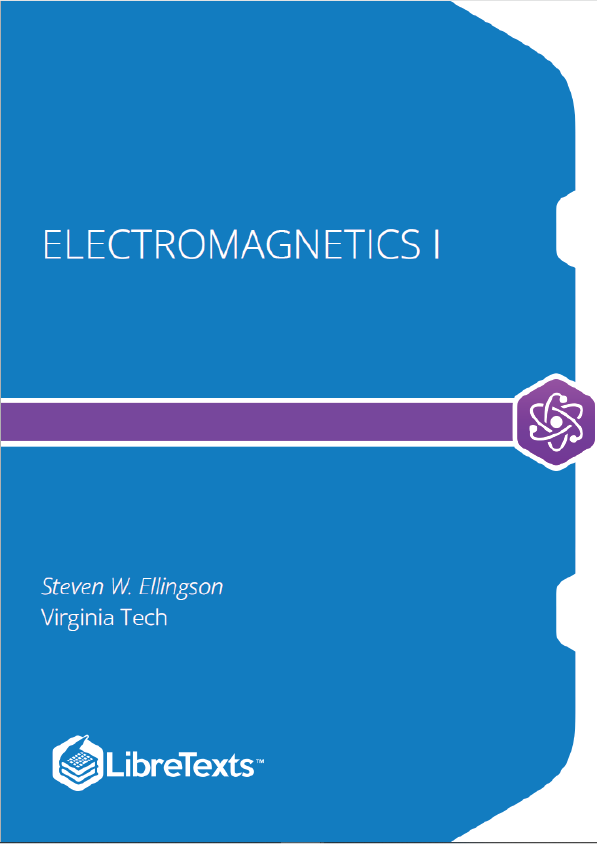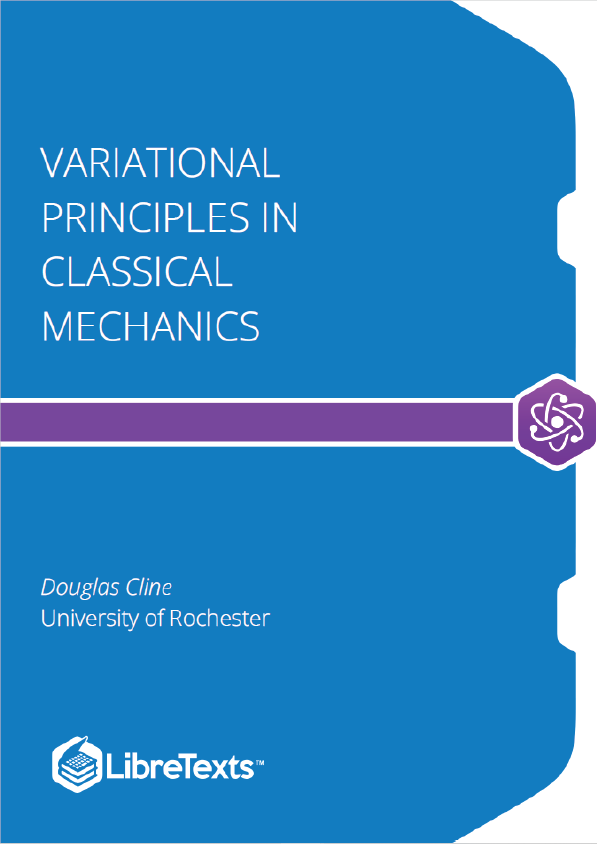This introductory chapter briefly reviews the major experimental motivations for quantum mechanics, and then discusses its simplest formalism – Schrödinger’s wave mechanics. Much of this material (besides the last section) may be found in undergraduate textbooks, so that the discussion is rather brief, and focused on the most important conceptual issues.
Experimental motivations By the beginning of the 1900 s, physics (which by that time included what we now call nonrelativistic classical mechanics, classical thermodynamics and statistics, and classical electrodynamics including the geometric and wave optics) looked like an almost completed discipline, with most humanscale phenomena reasonably explained, and just a couple of mysterious “dark clouds”2 on the horizon. However, rapid technological progress and the resulting development of more refined scientific instruments have led to a fast multiplication of observed phenomena that could not be explained on a classical basis. Let me list the most consequential of those experimental findings.
Postulates’ Discussion
The wave mechanics’ postulates listed in the previous section (hopefully, familiar to the reader from their undergraduate studies) may look very simple. However, the physics of these axioms is very deep, leading to some counter-intuitive conclusions, and their in-depth discussion requires solutions of several key problems of wave mechanics. This is why in this section I will give only an initial, admittedly superficial discussion of the postulates, and will be repeatedly returning to the conceptual foundations of quantum mechanics throughout the course, especially in Chapter 10 .
First of all, the fundamental uncertainty of observables, which is in the core of the first postulate, is very foreign to the basic ideas of classical mechanics, and historically has made quantum mechanics so hard to swallow for many star physicists, notably including Albert Einstein – despite his 1905 work, which essentially launched the whole field! However, this fact has been confirmed by numerous experiments, and (more importantly) there has not been a single confirmed experiment that would contradict this postulate, so that quantum mechanics was long ago promoted from a theoretical hypothesis to the rank of a reliable scientific theory.
One more remark in this context is that Eq. (25) itself is deterministic, i.e. conceptually enables an exact calculation of the wavefunction’s distribution in space at any instant , provided that its initial distribution, and the particle’s Hamiltonian, are known exactly. Note that in the classical statistical mechanics, the probability density distribution may be also calculated from deterministic differential equations, for example, the Liouville equation. The quantum-mechanical description differs from that situation in two important aspects. First, in the perfect conditions outlined above (the best possible initial state preparation and measurements), the Liouville equation is reduced to the Newton law of classical mechanics, i.e. the statistical uncertainty of its results disappears. In quantum mechanics this is not true: the quantum uncertainly, such as described by Eq. (35), persists even in this limit. Second, the wavefunction gives more information than just , because besides the modulus of , involved in Eq. (22), this complex function also has the phase , which may affect some observables, describing, in particular, interference of the de Broglie waves.
